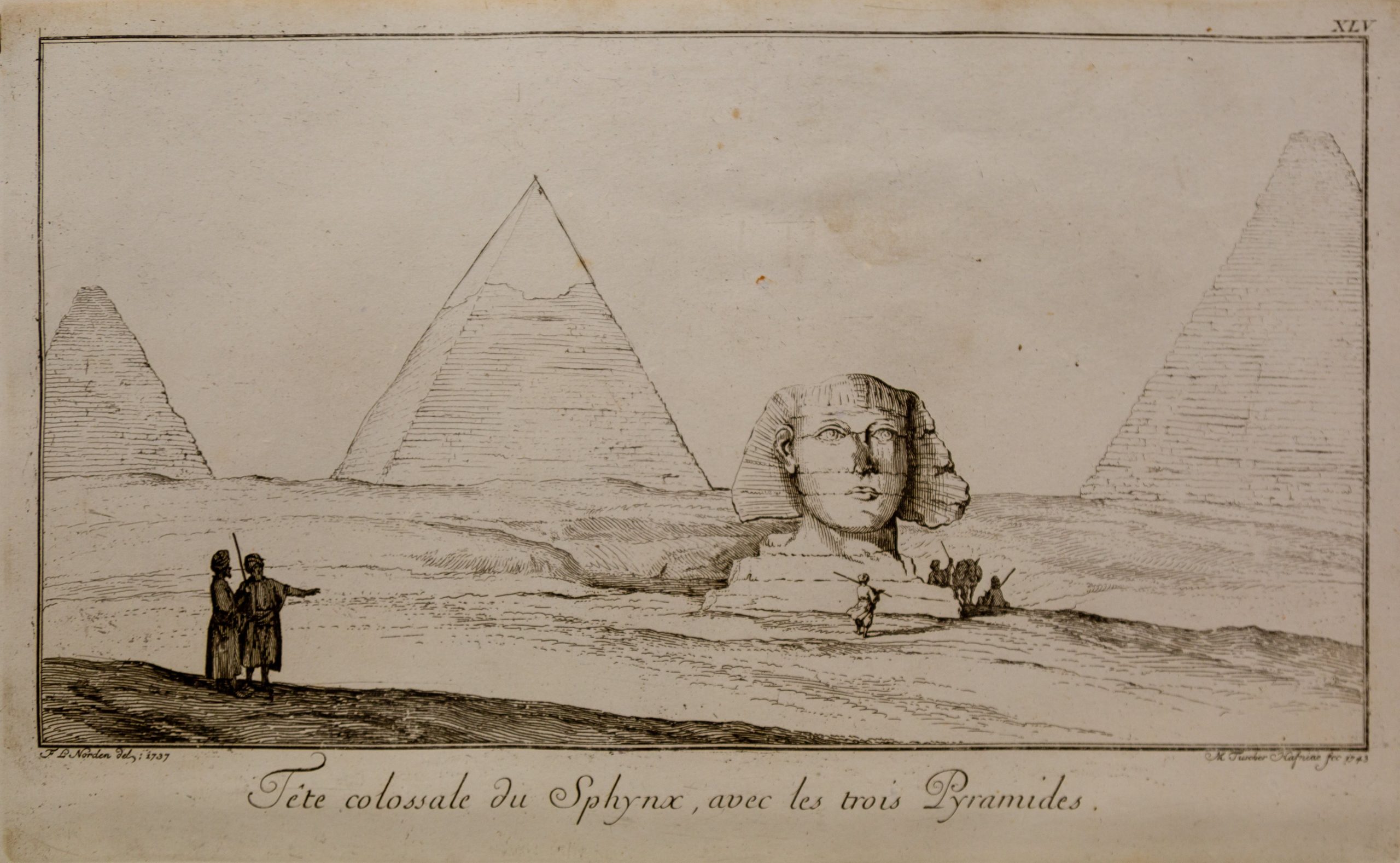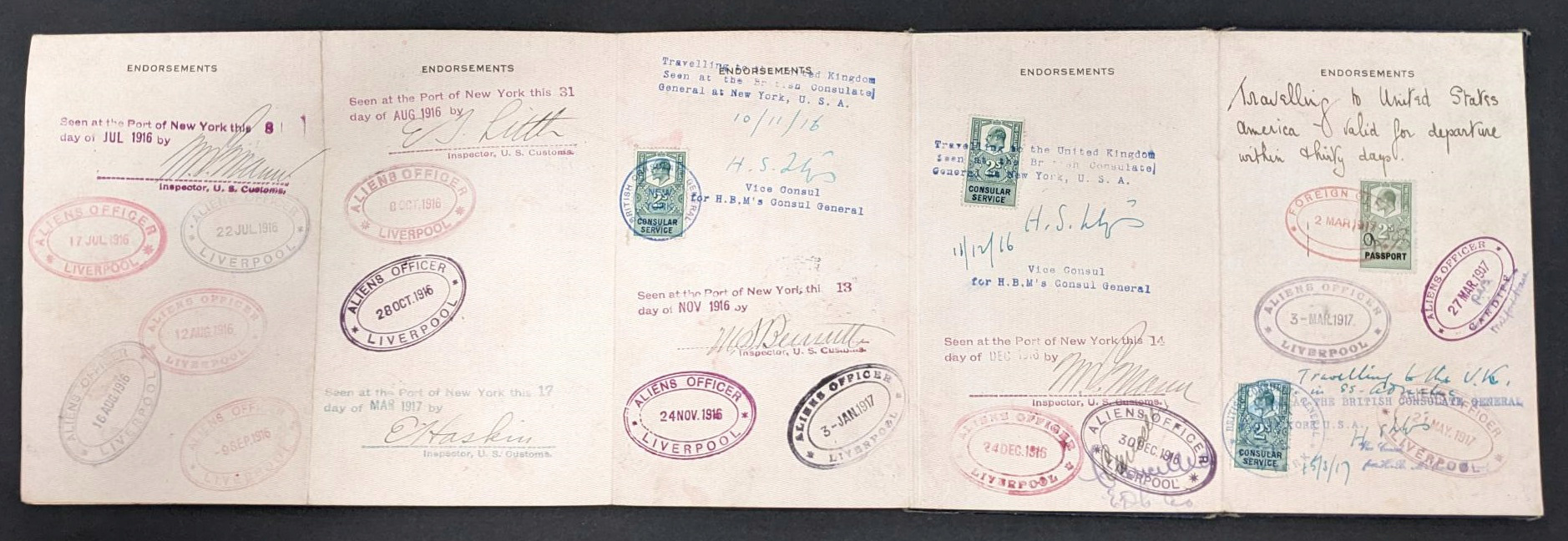With Hallowe’en not long behind us, in the first of a series of spooky-themed articles by the University of Glasgow Archives & Special Collections, we delve into 19th century literature on the occult. In this article we look at Sir Walter Scott’s (famed writer of Ivanhoe) conception of the supernatural, before moving on to explore the significance of a rare anthology of ghost stories.
John Ferguson (1837-1916), Regius Professor of Chemistry in the University of Glasgow from 1874-1915, was a keen book collector. During his lifetime he amassed a large personal library of around 18,000 volumes. The University Library acquired the larger part of this in 1921 and named it the Ferguson Collection. The main strengths of his collection lie in alchemy and chemistry. But like many of his time, his profound interest in the supernatural resulted in a small but important section of books in his collection. These books feature such themes as the occult sciences, witchcraft, and ghost stories.
In this Hallowe’en-themed blog post, we explore a selection of five books from this darker side of the Ferguson collection.
1. (Sp Coll Ferguson Af-b.67) Letters on Demonology and Witchcraft
Addressed to J. G. Lockhart, Esq. Sir Walter Scott, London: (1830).
Letters on Demonology and Witchcraft, a study of the supernatural by Sir Walter Scott. Undoubtedly a firm favourite of Ferguson’s, there are a total six editions of this book in the collection.
This work is the culmination of Scott’s interest in witchcraft and demonology. It is divided into ten chapters, each written in the form of a letter from Scott to his son-in-law, J. G. Lockart. Conversational and informal in style, this format provided Scott with the opportunity to produce digestible narratives around themes of a traditionally disturbing nature. Correspondingly, his writings explore attitudes towards demonology and witchcraft from ancient times up to the 19th century. They are illustrated predominately in the form of anecdotes drawn from both primary and secondary sources.
Front, back, spine and title page of Letters on Demonology and Witchcraft, 1930. With permission of University of Glasgow Archives & Special Collections [please cite reference number]
First published on 14th September 1830, Scott’s release fully utilised the impending Christmas trade. Due to popular demand, from November of that year Letters on Demonology and Witchcraft was re-produced with illustrations – twelve engravings by George Cruikshank – and a second edition was published the following January.





Front, back, spine and signed title page of Letters on Demonology and Witchcraft, 1868. With permission of University of Glasgow Archives & Special Collections [please cite reference number].
At the Crossroads: the Paranormal meets Folklore
The engraving below features in a chapter in which Scott considers the legacies of certain characters from Scottish and English folklore. Anecdotes of mischievous fairies and elves are divulged by Scott in a comical manner. As an illustration, let us now turn to one.
Puck, also known as Robin Goodfellow, features in the engraving and on the cover of the 1830 edition of Letters on Demonology and Witchcraft. Considered the ‘jester’ or ‘clown’ in the English fairy court, according to Scott, Puck is a comic character of simple jests. He would “disguise himself like a stool, in order to induce an old gossip to commit the egregious mistake of sitting down on the floor, when she expected to repose on a chair” which was said to be one of his “special enjoyments”. Scott proceeds to compare Puck to the benevolent Scottish household spirit, called a Brownie. Traditionally, this was a good-natured fairy. She was rarely seen but said to inhabit a home. To this end, she performed chores and carried out housework throughout the night while members of the household were asleep.

Full-page colour engraving depicting the mischievous domestic sprite, Puck, or Robin Goodfellow. With permission of University of Glasgow Archives & Special Collections [please cite reference number].
He would “disguise himself like a stool, in order to induce an old gossip to commit the egregious mistake of sitting down on the floor, when she expected to repose on a chair” which was said to be one of his “special enjoyments”.
sir walter scott, Letters on demonology and witchcraft
Originally exhibited in 1966, a collection of books relating to the history of witchcraft and demonology were selected from the University of Glasgow’s Special Collections and mounted on display in the Hunterian Museum. This included Scott’s Letters on Demonology and Witchcraft. The Glasgow University Library exhibited the same selection once again in 1985, under the title ‘The Damned Art’. The choice of material for these exhibitions had been highly selective. Indeed, those it listed far from exhaust the witchcraft material collected by Ferguson.
2. (Sp Coll Ferguson Al-d.47) Ghost Stories
London: 1823
For this particularly spooky themed blog, it feels only right to include a sample from Ferguson’s collection of ghost stories. Forthwith, this book, Ghost Stories, Collected with a Particular View to Counteract the Vulgar Belief in Ghost and Apparitions, and to Promote a Rational Estimate of the Nature of Phenomena commonly considered as Supernatural, is a nineteenth-century anthology of ghost stories. However, these particular stories have not only been brought together to thrill and frighten the reader. They serve as a demonstration that ghostly goings on can usually be attributed to somewhat more mundane activities.

Cover of Ghost Stories. With permission of University of Glasgow Archives & Special Collections [please cite reference number].
Eerie Tales … with a Twist
Now very rare, the book contains eighteen short stories in all. None of the authors of the stories are given, except for The Green Mantle of Venice which is attributed to H. Clauren. In fact, it is obvious that some of the tales have been translated from French or German. The stories themselves are extremely tame. The preface states that they are a ‘humble attempt to counteract the belief in Ghosts and Spectres, and to prevent the pernicious consequences arising from the fear of them.’ Thus, as the sub-title implies, the stories aim to rubbish the belief in the existence of ghosts. As such, they all end up with final twists that provide plausible explanations for the foregoing ‘ghostly’ occurrences.
For example, typical is The Ghost of Larneville. In this, a resolute guest insists on staying in the haunted room of her hosts’ chateau only to discover that ‘the strange noises that had been for some time nocturnally heard’ are caused by the visitation of a large dog who dislikes sleeping outdoors. Similarly, it transpires that the spectre of The Haunted Inn is none other than the landlord’s sleepwalking daughter.
Ghost Stories capture the Imagination!

Above: Title page and frontispiece of Ghost Stories. With permission of University of Glasgow Archives & Special Collections [please cite reference number].
Ackermann’s Repository of Arts published the book in 1823. Six charming coloured engravings illustrate our anthology. Although the artist cannot now be traced, it is known that Ackermann employed some of the finest painters of his time. Consequently, William Henry Pyne, Augustus Charles Pugin, Thomas Uwins, John Gendall and Thomas Rowlandson are all associated with Ackermann commissions. His publications were invariably well printed, carefully coloured, and produced to the highest technical standards.
Supernatural tales have been thrilling and chilling readers since antiquity. Towards the end of the eighteenth-century, Gothic novels such as The Mysteries of Udolpho and The Castle of Otranto captured the imagination of an expanding reading public. Ghost stories became increasingly popular in the Victorian period; such short and self-contained stories were a well-loved element of the fictional periodicals of the day such as Blackwood’s and All the Year Round. While the great majority of the early work was mediocre, the genre reached a peak at the end of the nineteenth century when many of major writers of the day dabbled with the supernatural, transforming it into a serious literary form.
This review is from our Book of the Month Archive. Read more here: https://www.gla.ac.uk/myglasgow/library/files/special/exhibns/month/oct2001.html
Happy Hallowe’en from all at the University of Glasgow’s Archives and Special Collections!
Written by Erin Veitch of the University of Glasgow Archives & Special Collections
Edited by Jake Doyle, Blog Coordinator for Explore Your Archive, MLitt Archives and Records Management Student and Archive Assistant at Suffolk Archives
Further Information
Website: https://www.gla.ac.uk/myglasgow/archivespecialcollections/
Instagram: https://www.instagram.com/uofglasgowasc/?hl=en










